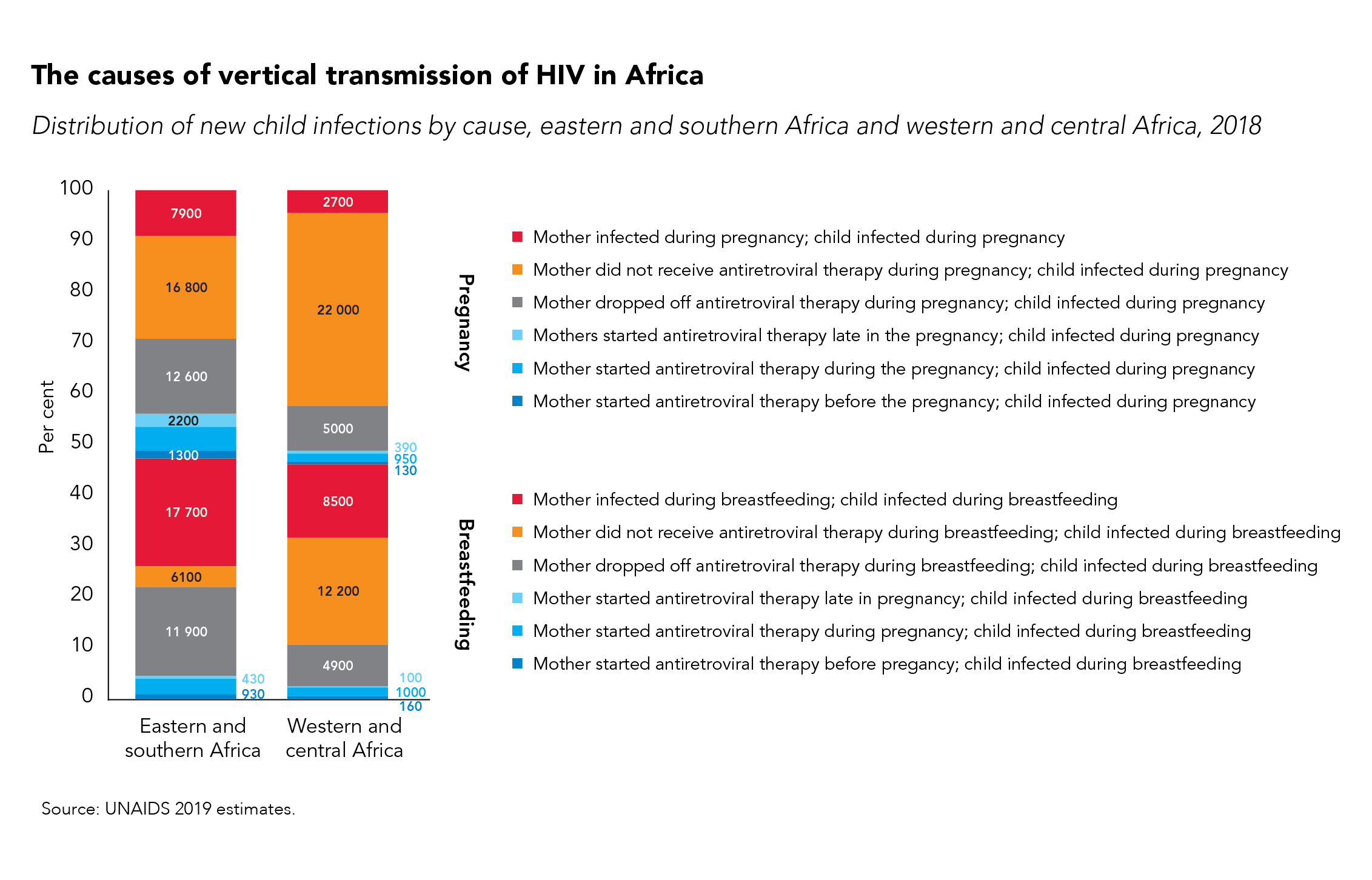

Information in such registers can be used to estimate the number of new HIV infections over time, incidence rates and prevalence. The corresponding figures based on the adjusted data are around 67000,100000,150000 respectively.The Scandinavian countries, Denmark, Norway and Sweden, have established both HIV and AIDS registers to monitor the HIV epidemic. The projected minimum AIDS cases in India based on the reported data for the years 2003, 2004, 20 are around 27000, 44000, 70000 respectively.

In this paper the various approaches for modeling the incubation distribution are compared using real and simulated data under various infection density distributions. Most of the projections formulated the problem of estimation of future AIDS cases as estimation of parameters in multinomial likelihood with unknown sample size by EM algorithm. It calculates the most likely temporal distribution of infected individuals compatible with the number of observed AIDS cases starting from the suitable estimate of the incubation period, derived from the available data. The current prevalence of HIV-infection and the corresponding pattern of incidence from the beginning of the epidemic to the present time are mainly estimated by means of back-calculation method. Incubation period of HIV is very long and highly variable within and between cohorts. The incubation distribution is assumed to be exactly known in back-calculation methodology. Lack of information about incubation distribution, the effect of intervention therapy on incubation period, and errors in reported AIDS incidence leads to uncertainties associated with this method. This method is very popular and requires less information and assumptions. It depends on three important factors: incubation distribution, incidence curve and observed number of AIDS cases over time. The Back-calculation method reconstructs the past pattern of HIV infection and predicts the future number of AIDS cases with the present infection status. Distribution of this non-negative random variable is known as HIV incubation period distribution. HIV incubation period is the random time between the HIV-infection and the onset of clinical AIDS.


 0 kommentar(er)
0 kommentar(er)
